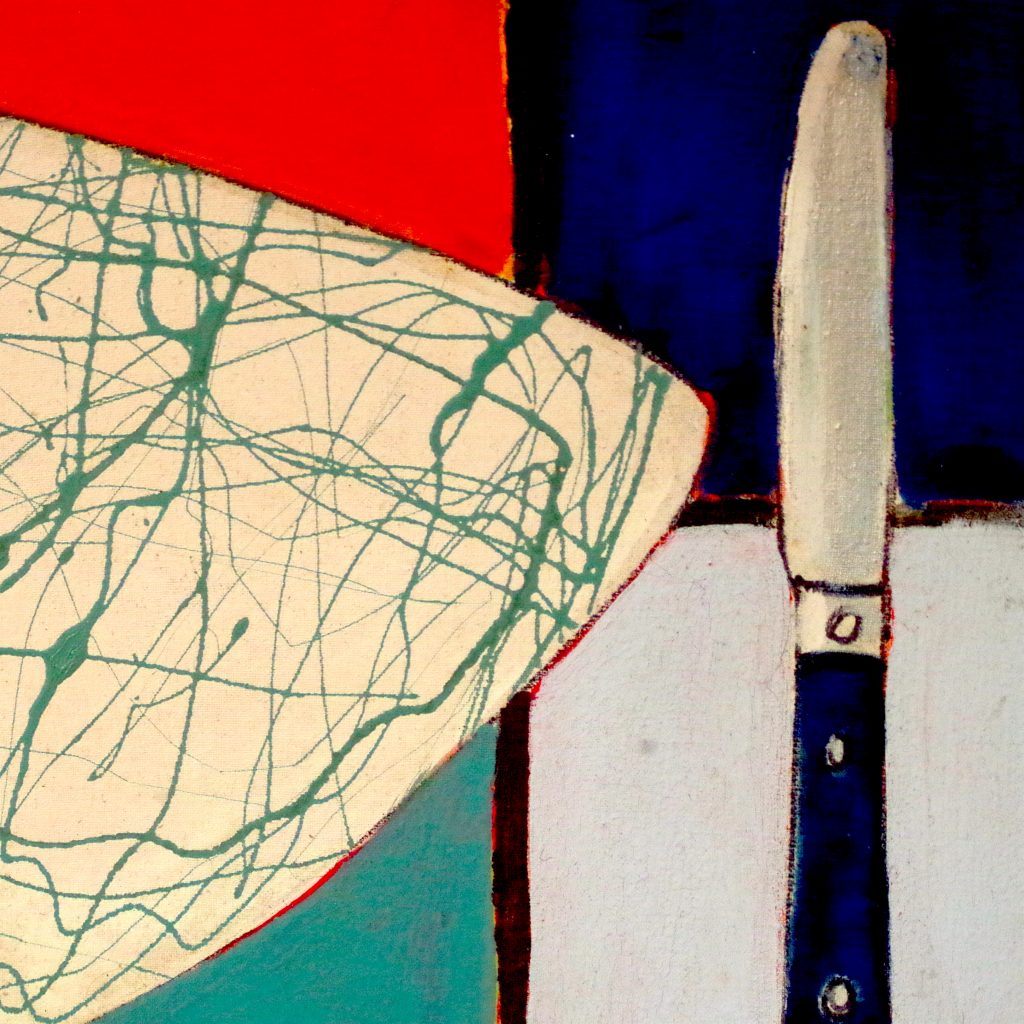
It is time to start painting again….
I’ve got my reference books out of storage after ten years – they are on some new shelves in a new room – suddenly the world feels better again after all the struggles.

It is time to start painting again….
I’ve got my reference books out of storage after ten years – they are on some new shelves in a new room – suddenly the world feels better again after all the struggles.